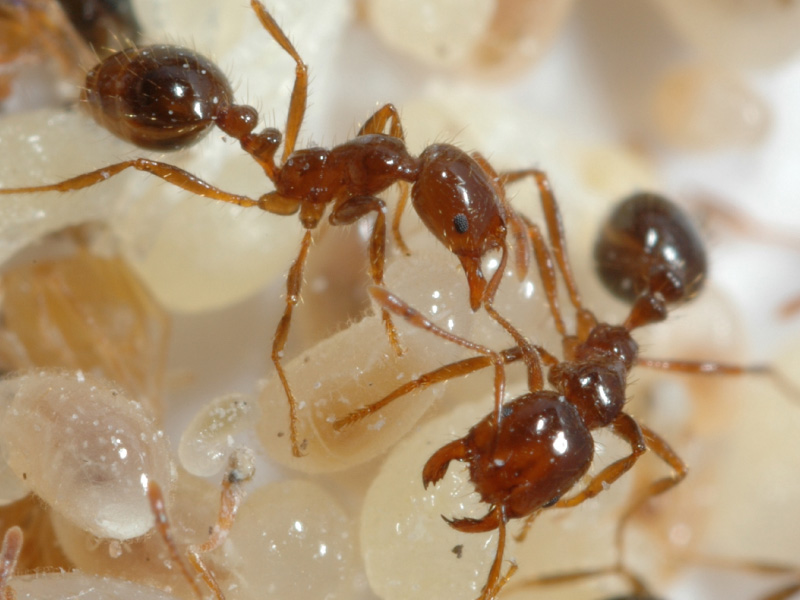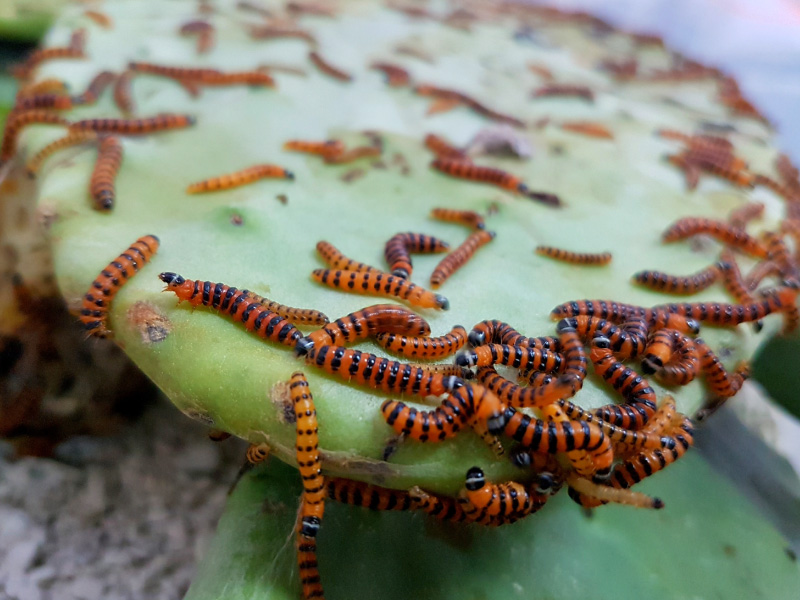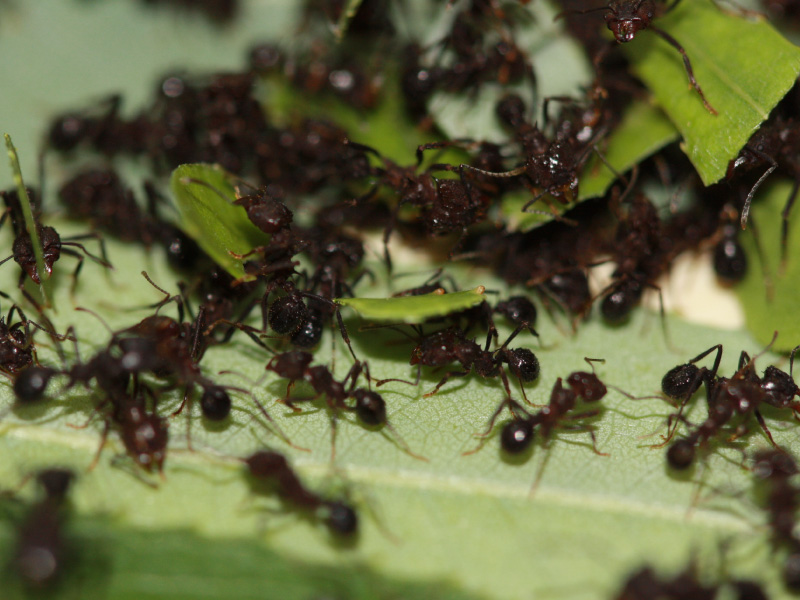20 May Wasmannia auropunctata (Little fire ant)
Wasmannia auropunctata (Little fire ant) The little fire ant is a pest, not only in some places in its native range (Colombia and Brazil), but also in new invaded areas: Caribbean and Pacific Islands, Subtropical Atlantic Islands, the USA and West Africa. Its presence has been associated...





